In an age where borders seem both porous and rigid, where globalization connects us digitally yet leaves cultural chasms unbridged, travel literature emerges as a vital medium for genuine human connection. Unlike the fleeting impressions of social media or the sterile data of guidebooks, travel writing at its best offers something far more profound—a sustained gaze into the lives of others, a willingness to be transformed by what one encounters. The finest works in this genre do not merely describe places; they dissolve the boundaries between observer and observed, inviting readers to experience the world through perspectives not their own.
What distinguishes meaningful travel literature from mere tourism journalism is its capacity to unsettle. The traveler who writes well does so not as a conqueror cataloging discoveries, but as a guest humbled by the privilege of temporary belonging. Consider the works of Ryszard Kapuściński, whose reports from Africa and Latin America eschewed the pretense of objectivity in favor of radical subjectivity—not the subjectivity of ego, but of vulnerability. His "The Shadow of the Sun" reveals Africa not through statistics or political analysis, but through the dust clinging to a child's feet, the weight of a water jug balanced on a woman's head, the quiet despair in a bureaucrat's office. These are not observations but transmissions, carrying the emotional frequency of lives entirely unlike his own Polish upbringing.
The transformative power of such writing lies in its ability to make the foreign intimate without rendering it familiar. Great travel authors resist the impulse to domesticate difference, instead allowing strangeness to retain its generative discomfort. When Jan Morris documented the fading grandeur of Trieste or the neon pulse of Hong Kong, she did so with a historian's precision and a poet's sensibility, yet always acknowledged the fundamental mystery of places that would never fully reveal themselves to an outsider. This tension—between deep engagement and permanent otherness—is where true understanding blossoms. Readers come to recognize that comprehension need not mean consensus, that one can inhabit another worldview without appropriating it.
Contemporary travel writing faces unique challenges in an era of overtourism and algorithmic recommendations. The Instagrammification of global landmarks threatens to reduce cultural sites to backdrops for selfies, while "top 10" listicles promote a consumerist approach to place. Against this reductionism, thoughtful travel literature serves as corrective, slowing us down, demanding we pay attention to contexts rather than checkpoints. The Syrian-American writer Alia Malek's "The Home That Was Our Country" exemplifies this, weaving personal memoir with architectural and social history to portray Damascus as a living organism rather than a war-torn abstraction. Her work reminds us that every place contains multitudes—layers of memory and meaning invisible to the casual visitor.
Perhaps most crucially, quality travel literature performs the essential democratic function of bearing witness. In an interconnected world where policy decisions in one nation ripple across continents, understanding how others live ceases to be academic and becomes ethically imperative. The late Patrick Leigh Fermor's accounts of his 1930s Balkan trek reveal not just landscapes but the complex human ecosystems within them—Orthodox monks and Muslim farmers, Jewish merchants and nomadic shepherds—all on the precipice of catastrophic change. Reading such works today, we grasp how travel writing at its best is both celebration and elegy, capturing vanishing ways of life while honoring their persistence in the face of modernity's relentless march.
The digital age paradoxically makes this genre more necessary than ever. Virtual reality can simulate sights and sounds, but only literature can convey the interiority of place—the way sunlight slants through a Havana courtyard speaks to colonial history, or how the scent of cardamom in an Istanbul market carries generations of trade routes. When Pico Iyer describes the "quiet exhilaration" of Kyoto's temple gardens or the "organized chaos" of Delhi's streets, he translates sensory experience into emotional resonance. This alchemy—turning observation into connection—remains literature's unique gift.
Ultimately, the value of travel writing may lie in what it reveals about home as much as abroad. The act of seeing elsewhere clearly often casts one's own culture into sharp relief, exposing unexamined assumptions. The British writer Colin Thubron, chronicling his Siberian journeys in "In Siberia", finds himself reflecting on English reserve when confronted with Russian emotional expansiveness. Such moments of cultural mirroring demonstrate that travel literature's greatest offering isn't escape, but return—the chance to re-enter one's own world with fresh eyes, carrying the indelible imprint of other lives lived otherwise.
As borders harden and ideologies polarize, the patient, empathetic gaze of travel writing offers an antidote to abstraction. To read deeply in this genre is to recognize that no people, no matter how distant or different, can be reduced to headlines or stereotypes. The Chilean poet Pablo Neruda once wrote that "love is so short, forgetting is so long." Fine travel literature extends that brevity—allowing us to love, just for pages, places we may never visit, people we'll never meet, and in doing so, expands the territory of human care.

By /Jul 9, 2025

By /Jul 9, 2025
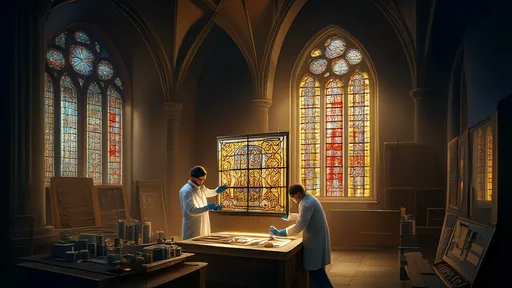
By /Jul 9, 2025
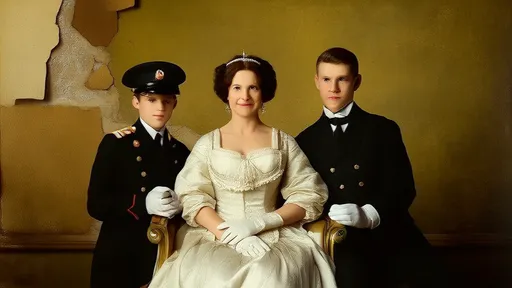
By /Jul 9, 2025
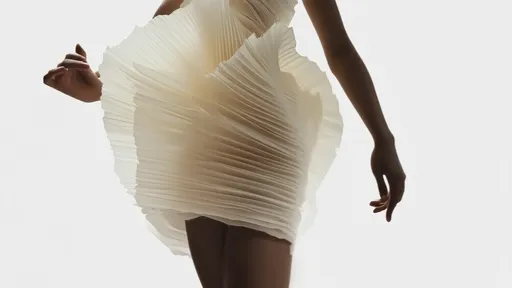
By /Jul 9, 2025

By /Jul 9, 2025

By /Jul 9, 2025
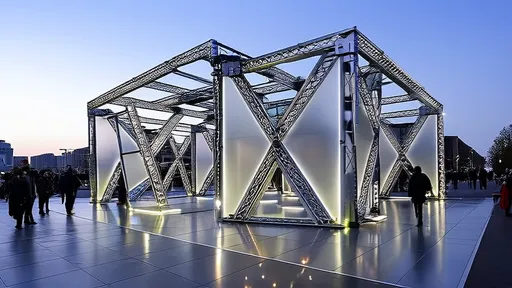
By /Jul 9, 2025

By /Jul 9, 2025

By /Jul 9, 2025

By /Jul 9, 2025
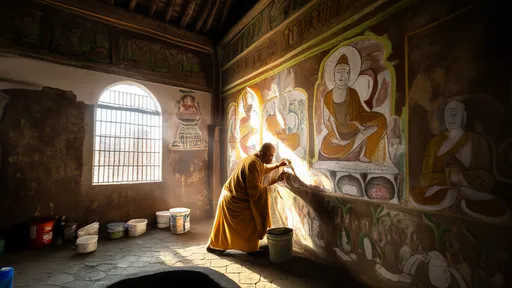
By /Jul 9, 2025
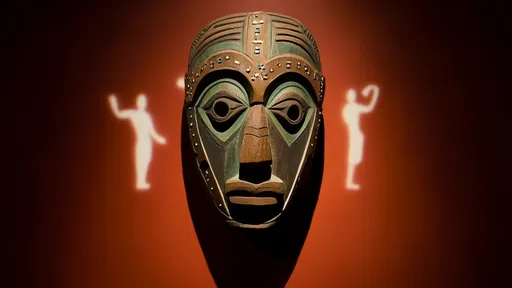
By /Jul 9, 2025
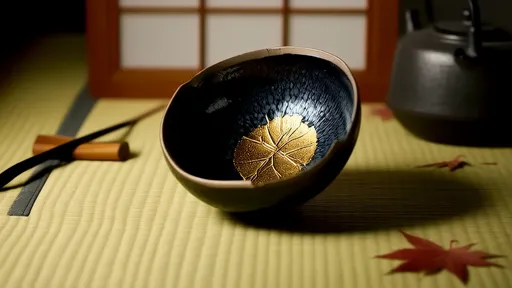
By /Jul 9, 2025

By /Jul 9, 2025
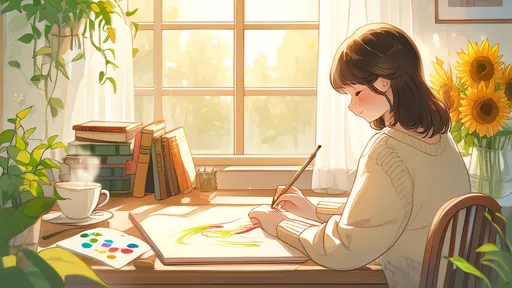
By /Jul 9, 2025
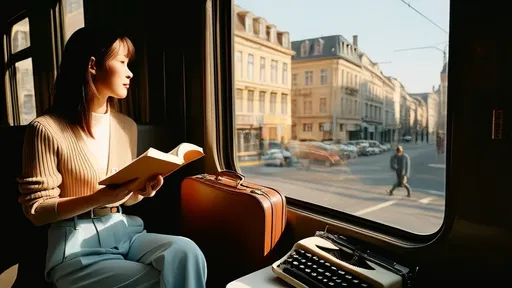
By /Jul 9, 2025

By /Jul 9, 2025